Suncatchers, those vibrant and captivating ornaments, aren’t just decorative pieces. So what do children learn from suncatchers? Children can learn a variety of valuable lessons and skills from creating and engaging with suncatchers.
They’re the gateway to hands-on learning that can gnite young minds’ curiosity about science, technology, engineering, and math (STEM). Furthermore, these enchanting creations are more than just colorful decorations; they’re educational tools that offer children a delightful journey into various STEM concepts.
In this article, we’ll dive deep into the world of suncatchers and explore the valuable lessons they impart to young learners. From unraveling the mysteries of light and color to experimenting with materials, honing creative design skills, solving problems, and developing fine motor skills – suncatchers open up a world of STEM education for kids.
Join us on this enlightening journey as we uncover the educational wonders hidden within suncatchers and discover how they can enhance STEM learning experiences for children. In fact, we’ll explore the art of crafting suncatchers to foster better learning and creativity.
How Do Suncatchers Help Children Learn?
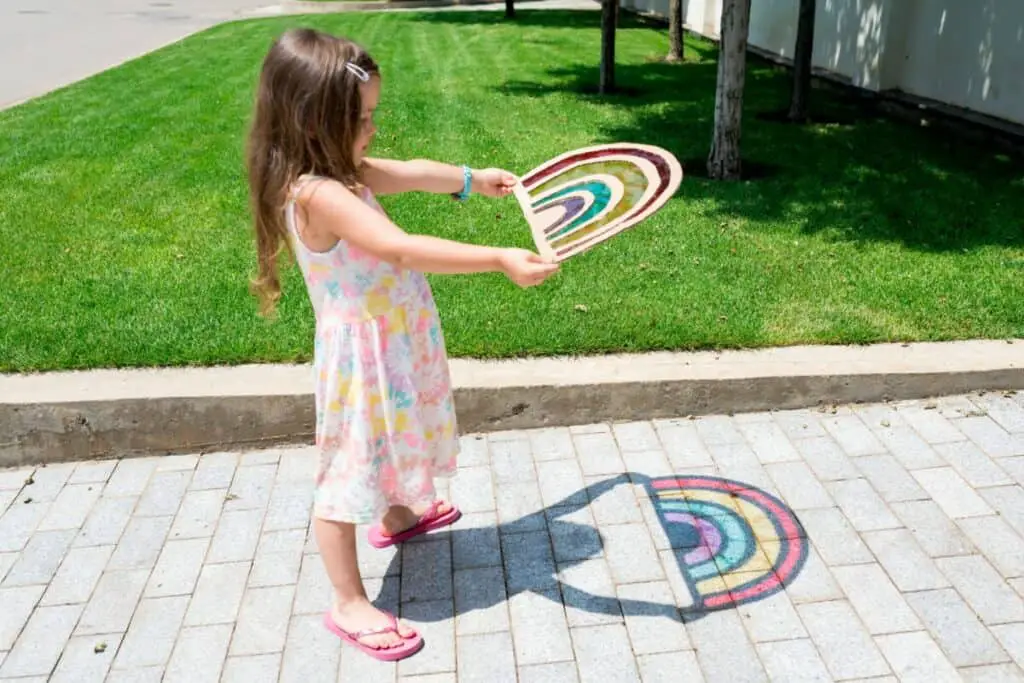
Suncatchers (sometimes called sun catchers) are colorful, light-catching ornaments made from crystals, beads, and colored glasses.
Specifically they’re designed to catch and reflect sunlight, creating a beautiful display of colors and patterns when hung in windows or outdoor spaces.
Additionally, suncatchers help children learn by providing hands-on experiences in various educational areas.
Light and Color
Suncatchers help children learn the basics of light and color. As sunlight passes through the materials, it refracts, and children can observe how different materials create various colors and patterns.
| Concept | Key Takeaways |
| Light refraction and bending | Understanding the behavior of light |
| Color spectrum | Recognizing the rainbow’s colors |
| Reflection vs. refraction | Differentiating between these two phenomena |
Geometry and Symmetry
Many suncatcher designs come with geometric shapes and symmetrical patterns. Children learn angles and symmetry by arranging and attaching materials to create aesthetically pleasing suncatchers.
Art and Nature
Children can also explore their creativity through color combinations, shapes, and design layouts as they create. As a result, suncatchers often incorporate natural elements like glass and crystal, which sparks children’s interest.
Materials and Properties
Suncatchers often come with crystal beads, metal hoops, glasses, and colors that help children understand the transparency, opacity, and how they interact with light.
Critical Thinking
When children create suncatchers, they make choices regarding colors, shapes, and design elements.
This independence allows children to make decisions and see the consequences of their choices, helping them develop critical decision-making skills.
Moreover, it boosts their self-confidence as they take ownership of their creations.
Creativity and Design
Children can experiment with different color combinations, shapes, and layouts, fostering their artistic and innovative abilities. Suncatcher projects allow them to express their creativity and design skills.
It helps them develop problem-solving skills and boosts their confidence in their creative abilities.
Fine Motor Skills
These activities require precise hand-eye coordination and the development of fine motor skills.
Children improve their agility and control as they work on suncatcher projects, which can be particularly beneficial for younger kids who are still refining their motor skills.
| Activity | Benefits |
| Bead threading | Improved hand-eye coordination |
| Painting details | Enhanced fine motor skills and control |
| Assembling parts | Building patience and attention to detail |
Patience and Focus
Crafting a suncatcher takes a lot of work. It requires patience and concentration to complete each step carefully.
Children learn that good things come to those who wait, and they develop the ability to focus on a task for an extended period.
This newfound patience and concentration can be valuable skills that translate to other areas of their lives, such as schoolwork or hobbies.
Suncatchers Help with STEM Learning for Children
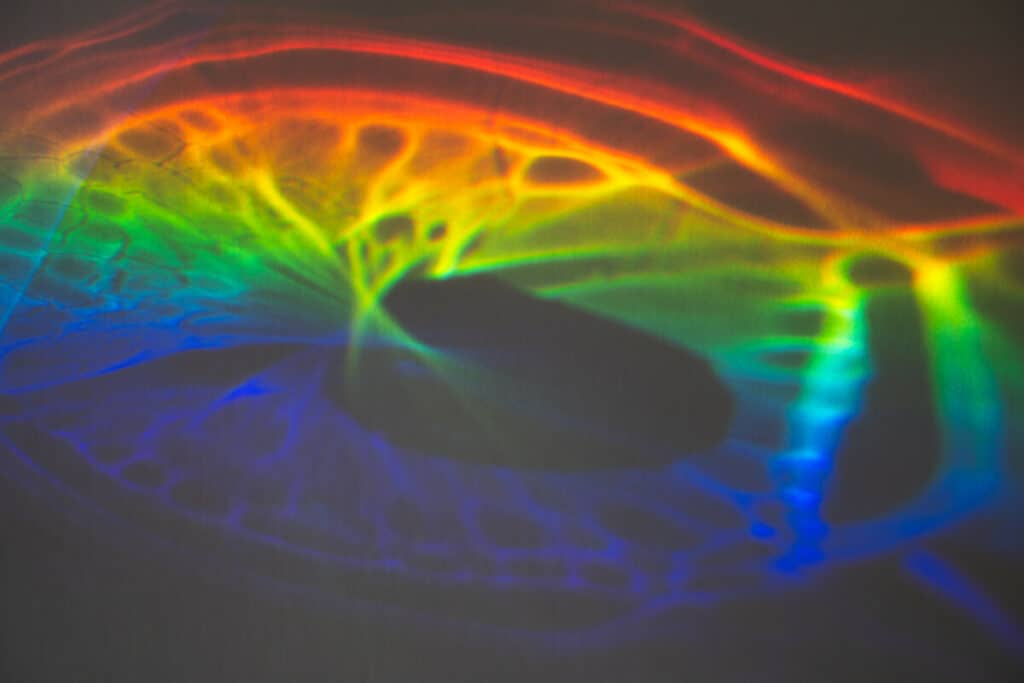
While suncatchers are often seen as artistic decorations, they incorporate several STEM concepts and principles, making them an engaging and hands-on way for children to explore science and engineering.
Here’s how suncatchers can help with STEM learning:
Science: Understanding Light and Optics
Creating suncatchers provides an excellent platform for children to explore scientific concepts related to light and optics:
Light Refraction
Children can observe how light interacts with the suncatcher’s materials, causing it to bend or refract. This hands-on experience helps them understand the concept of light refraction, which is the bending of light as it passes from one medium to another.
They can witness how different materials may refract light differently.
Spectrum of Colors
Suncatchers often create colorful spectrums when exposed to sunlight. Children can learn that white light has various colors and that each color has a specific wavelength.
As they see the colors of the rainbow in their suncatchers, they gain insight into the concept of a light spectrum.
Prism Effect
When sunlight passes through the suncatcher, it can cast rainbows on surfaces. This phenomenon is akin to how prisms work.
Children learn that prisms can separate white light into constituent colors, contributing to their understanding of optics.
Technology: Creativity and Design

Technology is not just about computers and gadgets; it’s also about creativity and design. Suncatchers encourage technological learning by:
Design Choices
Children engage in the design process when creating suncatchers. They make decisions about colors, shapes, and patterns.
This creative aspect encourages them to think like designers and use technology (in this case, artistic tools) to bring their ideas to life.
Material Selection
Choosing suitable materials for their suncatcher projects involves decision-making. They should consider the materials’ transparency, durability, and how they interact with light.
This choice of materials is a technological aspect of suncatcher crafting.
Applying Artistic Skills
Technology encompasses a wide range of skills, and artistic skills are among them. When children paint, assemble, and arrange elements on their suncatchers, they use technological skills to create a visually appealing piece of art.
Engineering: Structural Design and Problem Solving
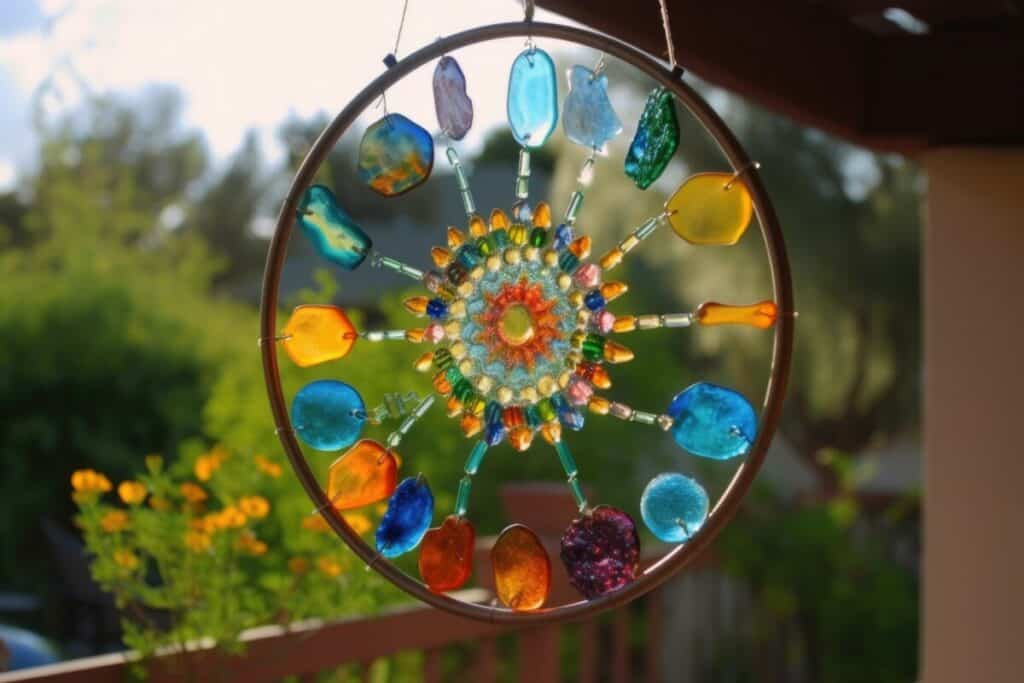
Suncatcher crafting offers a simplified form of engineering learning:
Problem-Solving
Engineering involves identifying and solving problems, and suncatcher crafting is no exception. Children might encounter challenges like finding a suitable adhesive or figuring out how to create a balanced design.
Trial and Error
Engineering often requires experimentation, and suncatcher crafting is a perfect environment. Children may need to try different methods or materials to achieve their desired results, fostering an engineering mindset of trial and error.
Mathematics: Geometry and Spatial Reasoning
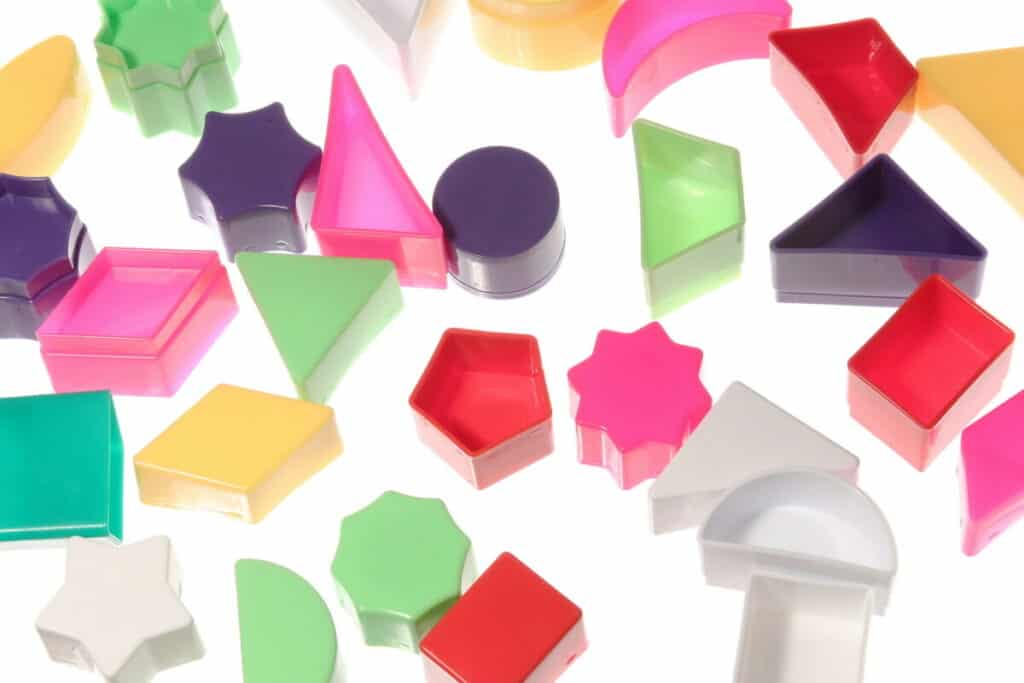
Mathematics plays a role in suncatcher creation, particularly in geometric design:
Geometric Shapes
Children may choose geometric shapes like triangles, circles, or squares for suncatchers. The actual act of choosing involves applying knowledge of basic geometry.
They can explore concepts such as symmetry when arranging shapes to create visually appealing designs.
Measurement and Proportion
Children practice measurement and proportion skills when determining the size and placement of elements on the suncatcher. They may need to calculate distances or ensure that components are evenly spaced.
Mathematical Thinking
Planning and creating a suncatcher involves mathematical thinking, pattern recognition, and spatial reasoning. These skills are essential components of mathematical learning.
There’s also another fantastic way to teach children mathematics, which are flashcards.
What is the Suncatcher Activity for Children?
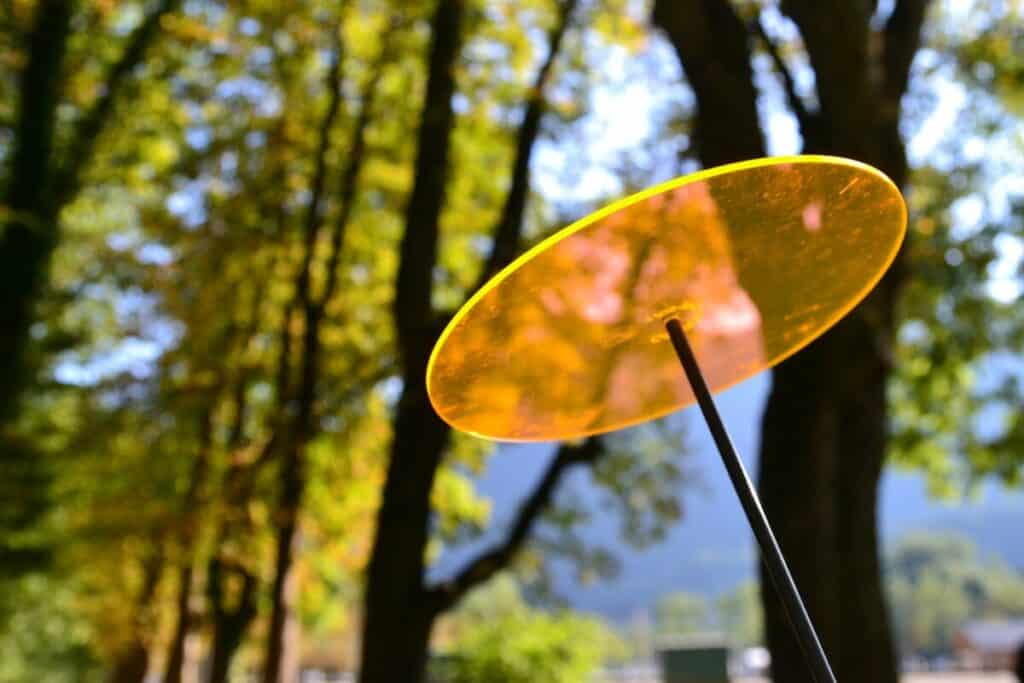
The suncatcher activity helps kids explore creativity while producing beautiful decorations that catch and refract sunlight.
Here’s a simple sun catcher activity for kids:
Materials You’ll Need:
- Plastic or Glass Shapes
- Acrylic Paints
- Paintbrushes
- String or Ribbon
- Craft Glue
- Decorative Item
- Hole Puncher
- Transparent Adhesive Film or Contact Paper
Step-by-Step Instructions:
- Prepare the Workspace: Cover your work area with newspaper to protect it from paint and glue.
- Design Your Suncatcher: Discuss the design with your child. They can sketch their design on paper first or use a freestyle approach.
- Paint the Base: Start by applying a base coat of acrylic paint to the plastic or glass shape. Allow it to dry completely; this will serve as the background color.
- Add Details: Once the base coat is dry, use different colors of acrylic paint to add details to your suncatcher.
- Decorate: While the paint is still wet, children can decorate their suncatchers with beads, sequins, glitter, or colored tissue paper.
- Let It Dry: Allow the suncatchers to dry completely. The drying time may vary depending on the thickness of the paint and glue used. It could take a few hours or overnight.
- Apply the Transparent Layer: Cut a piece of clear adhesive film or contact paper to fit over the painted side of the suncatcher. Carefully peel off the backing and apply the film to the suncatcher, smoothing out any bubbles.
- Punch a Hole: If your suncatcher doesn’t have a hole for hanging, use a hole puncher to make one near the top.
- Attach a String: Thread a piece of string or ribbon through the hole and tie a knot at the top, creating a loop for hanging.
- Enjoy the Magic: Encourage your child to observe how the suncatcher transforms sunlight into mesmerizing displays of colors and light.
- There are a lot of DIY Suncatchers ideas that you can use to help your kid learn. Here are 9 Easy DIY Suncatchers for Kids.
Encouraging Children Through Exploration

As parents and caregivers, we can encourage children to explore their creative potential through suncatcher crafting, knowing that they are gaining artistic skills and life skills that will serve them well in the future.
So, the next time you see a suncatcher casting its colorful dance of light, remember the magic it holds for young minds!


